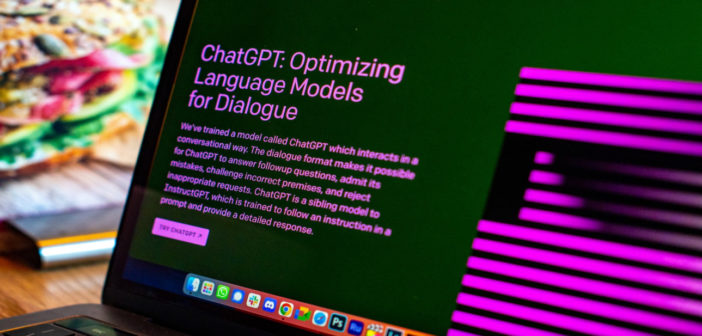As artificial intelligence (AI) technology continues to improve, we have seen it impact more industries. Some have expressed concern over the technology as it reaches into sectors such as education, where the “human touch” has long been a core value. However, using AI in such instances does not eliminate the component of humanity but rather supplements it.
One educational application of AI that has created great interest among educators is its use to help personalize the learning experience for students. Artificial intelligence can collect data on a student’s learning needs, preferences, and performance. It can then use that information to adjust the content being taught and the rate at which it’s instructed to meet the student’s unique needs.
Making instruction more personalized using AI
Proponents of implementing AI in the classroom say that this more personalized instruction could result in better student engagement, increasing information retention and graduation rates. Artificial intelligence technology can also be an enormously valuable tool for activities related to retention, such as reviews and examinations, allowing teachers to focus more on instruction.
One of the main obstacles to the widespread adoption of AI technology in the classroom is the high initial cost of entry. As with any technology in education, implementing AI in educational institutions requires an upfront investment in the hardware and software necessary to run an AI program, let alone a significant amount of time to ensure effective implementation. However, given that these tools were initially developed for — and more leveraged by — the corporate world, some educational institutions have struggled to see how to fit these costs within their budgets and already overextended resources.
Another challenge educational institutions face when integrating AI is integrating it within an existing educational system. Along with the hard costs of the technology, there are also costs associated with training teachers on how to use the technology itself. Further costs can be incurred regarding the technological support necessary to support teachers and staff when the tools do not work according to plan.
How AI can help teachers
Some critics also fear AI will entirely replace teachers, but this fear is unfounded. Artificial
intelligence should not replace teachers; it is merely an additional tool to make teachers’ jobs easier. An element of humanity is necessary for the teaching profession. No amount of data processing by artificial intelligence will compensate for the understanding a teacher gets from seeing their students’ reactions and being able to empathize at a human level.
Indeed, artificial intelligence can be used as a powerful tool to help support teachers with more menial tasks — scheduling, lesson planning, and grading papers, for example — so that more time can be spent working with students to help them learn the curriculum. For duties such as these, AI has proven particularly helpful, as it can provide near-instantaneous feedback 24/7 that teachers can use to build out their teaching process further.
However, teachers must also be cautious not to overuse artificial intelligence in the classroom, as this can create learning gaps for students. For example, if a student interacts with an AI chatbot like ChatGPT, it will simply give an answer without any explanation. If the student wants to learn more about how the chatbot came to this answer, extra steps must be taken by either the teacher or the student to understand how the AI came to that understanding.
Ultimately, educators need not fear AI taking over their jobs. The technology has not yet reached a point where it is a perfect replacement for a human teacher — and it likely never will. Still, educators should consider AI a valuable tool allowing them to complete their duties more efficiently. As with adopting any new technology in the classroom, there are sure to be growing pains. But teachers, students, and parents alike will undoubtedly appreciate the relief that this technology can provide.
To learn more about BattlePACs, visit the website HERE.
Image licensed by unsplash.com
Related News:

